The original story by
With the 2026 budget session still months away, Wyoming lawmakers are already zeroing in on the state’s largest line item: the Department of Health. At roughly $2.2 billion in the current budget, it’s the biggest slice of the pie, and a new legislative subcommittee is probing where, if anywhere, cuts could be made.
Rep. Ken Pendergraft of Sheridan, who pushed to form and now chairs the subcommittee, says the work is about preparation, not theatrics. He calls Wyoming’s trajectory an “impending fiscal cliff” driven by spending he thinks is unsustainable, but insists the goal is fact-finding, not swinging a meat cleaver. If reductions are necessary, he says, they should be surgical, not blunt. That posture reflects lessons from the last decade: the 2017 bust that triggered an 8% across-the-board cut, and the 2021 post-pandemic budget that eliminated more than 300 positions and carved over $430 million.
The political winds make the moment even more charged. This will be the first biennial budget since the Freedom Caucus captured the House in 2024, giving its members near-total control of the House Appropriations Committee. The caucus has promised to “DOGE” the budget — its shorthand for targeting spending it deems unconstitutional or wasteful — setting up a potential replay of recent fights that saw the Senate pass the last budget by two votes and later refuse a supplemental altogether.
So far, though, the Health Department review has been calm and technical. Director Stefan Johansson has walked lawmakers through the agency’s mission and money flows, noting that about 95% of spending pays for medical services across facilities and programs, while roughly 5% covers administration such as claims processing and salaries. Medicaid looms large in both scale and complexity. Wyoming hasn’t expanded under the Affordable Care Act, so eligibility remains restricted, yet the program still covers more than 66,000 residents, most of them children. Because the federal government matches state dollars, cutting state spending can mean walking away from federal money. Legislative analysts reminded the panel that “maintenance of effort” rules and other matching conditions can make some lines effectively untouchable without bigger downstream costs.
That’s one reason providers warned against penny-wise, pound-foolish reductions. Community mental health centers, whose state funding has been largely flat for two decades, are meant to divert people from costlier state institutions, jails and emergency rooms. Advocates argue that targeted investments in community care can ease pressure on the state hospital and the Life Resource Center while reducing recidivism. Parallel conversations are pushing legislation to bolster treatment for people with mental illness who are stuck in county jails waiting on a bed in Evanston.
The budget picture lawmakers will eventually confront remains murky. State forecasters will deliver revenue projections at month’s end to inform the governor’s proposal, then refresh the outlook in January. Their caution hasn’t changed: Wyoming’s revenues are diversifying, but the state is more exposed to volatile oil, gas and investment returns than in the coal-reliant past. Pendergraft says that’s exactly why the committee is moving now — to avoid being caught flat-footed as in 2017 and 2021.
For now, the subcommittee has met twice — once in Casper and once online — with more to come and an eye on an Oct. 28 meeting in Casper. Whether this early, cordial deep dive into the Department of Health becomes the opening scene of another budget brawl will depend on what the revenue forecasts say, how hard the Freedom Caucus pushes, and whether lawmakers can distinguish between fat and bone in the state’s most consequential budget.
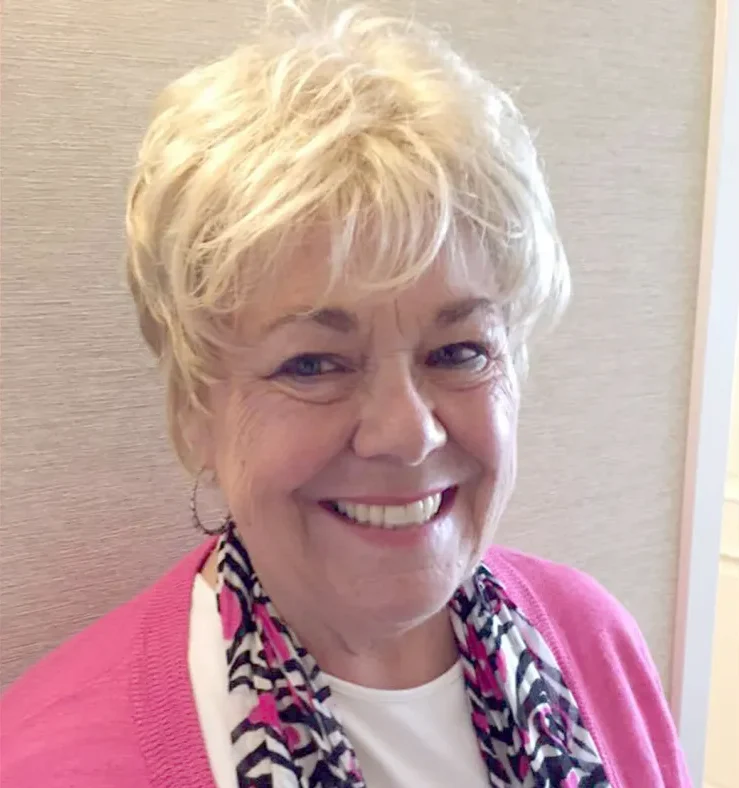
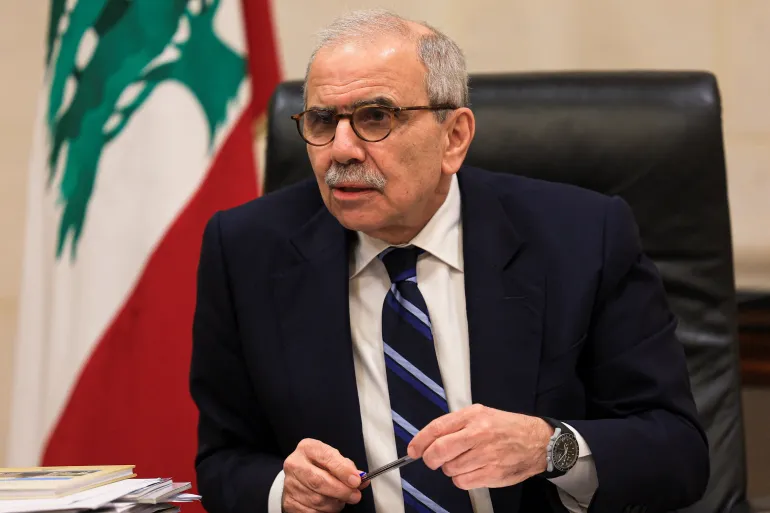
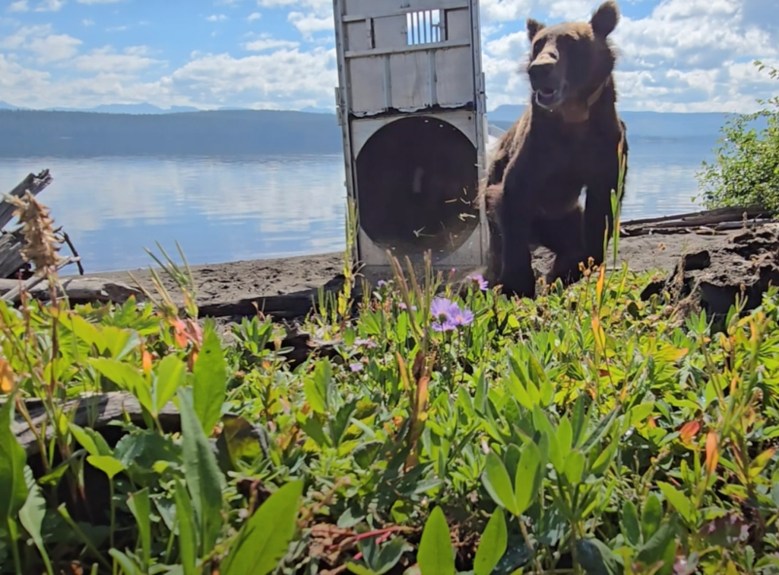
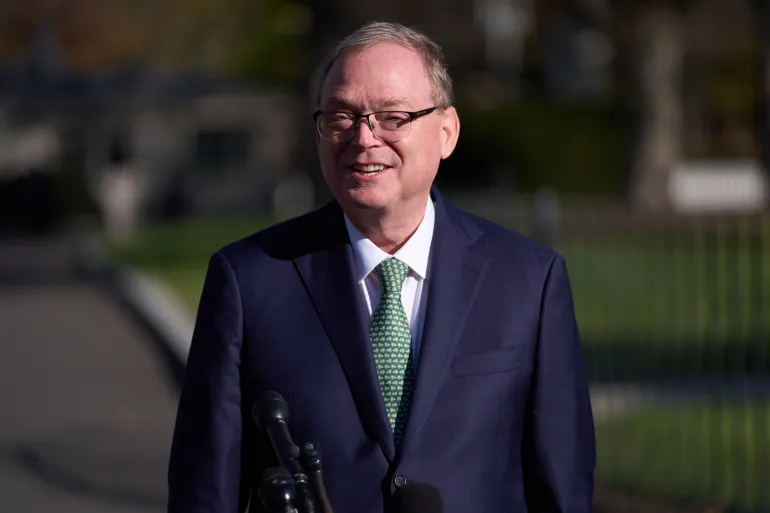
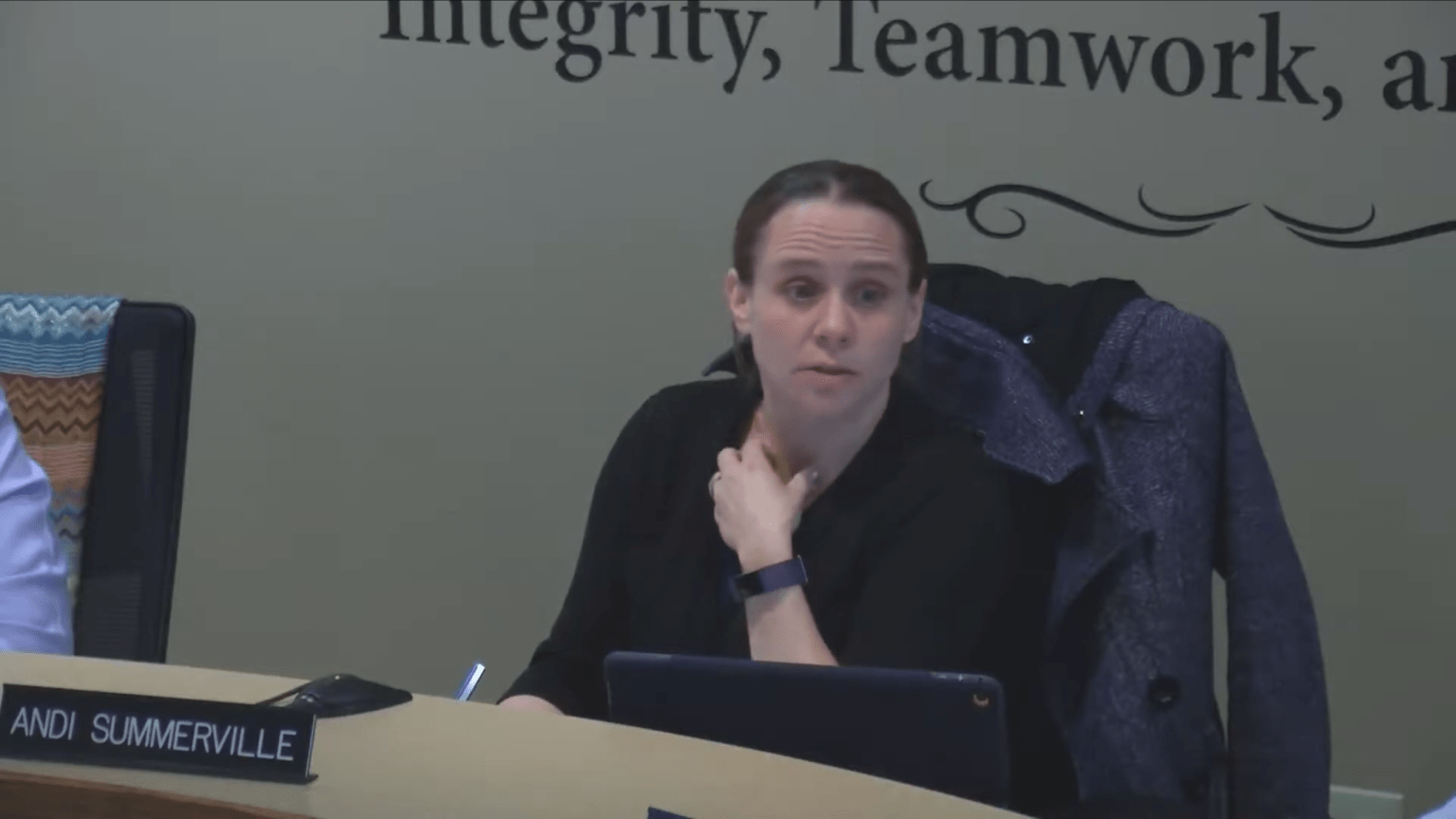
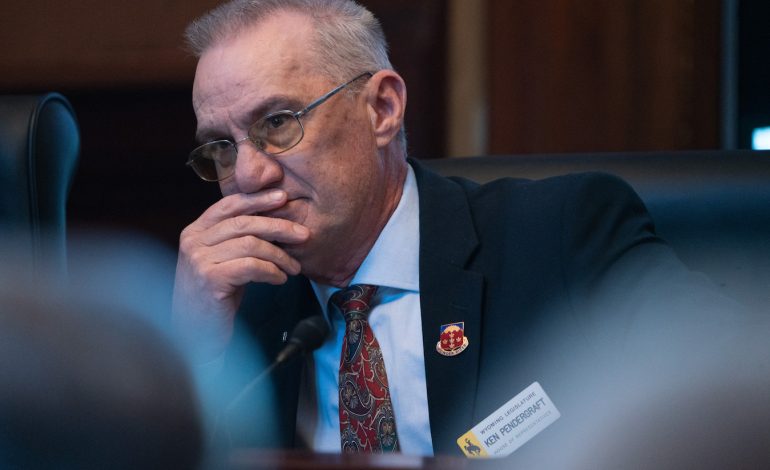

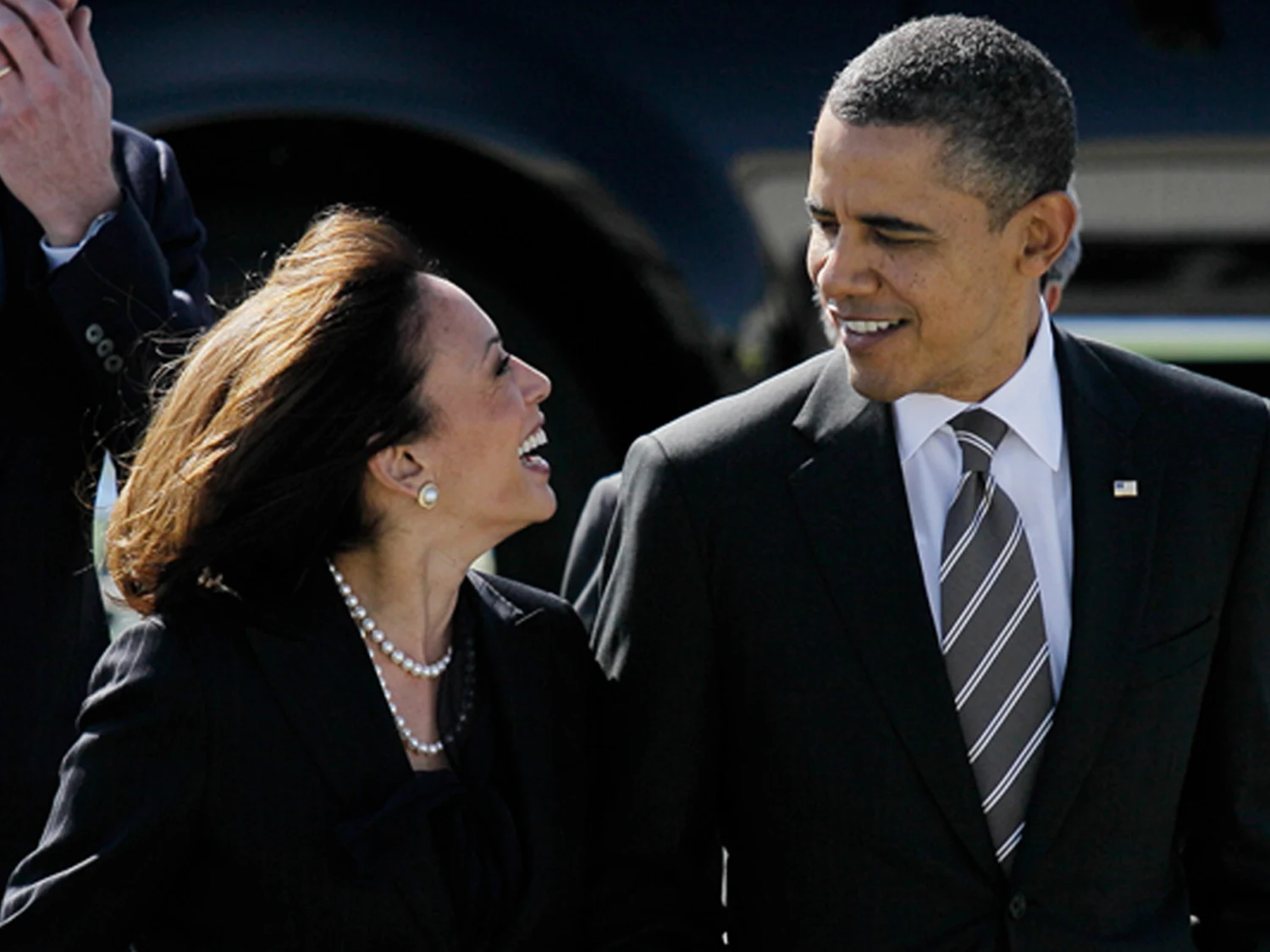
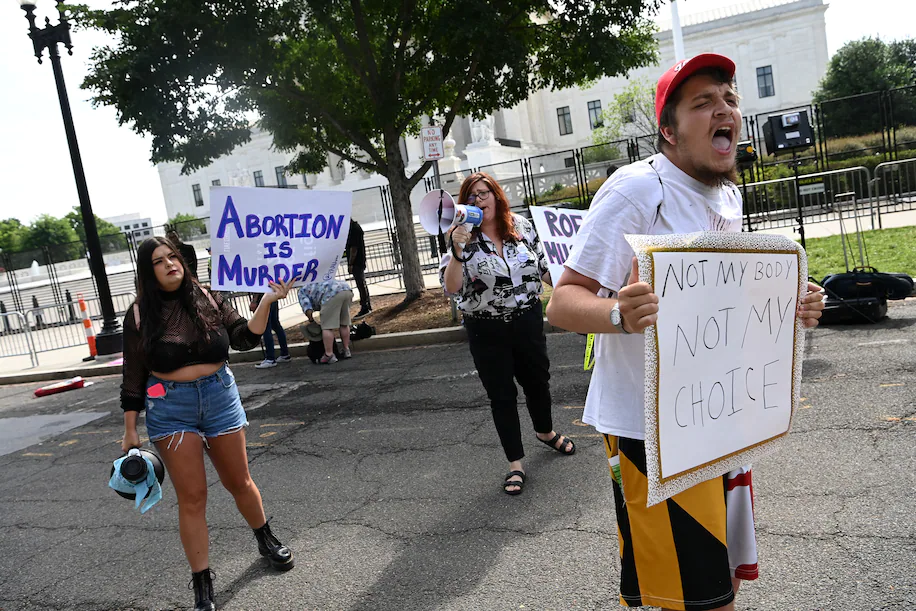

The latest news in your social feeds
Subscribe to our social media platforms to stay tuned